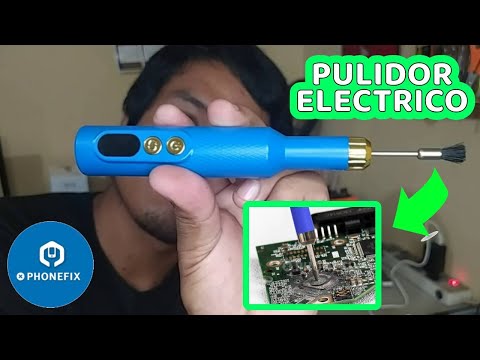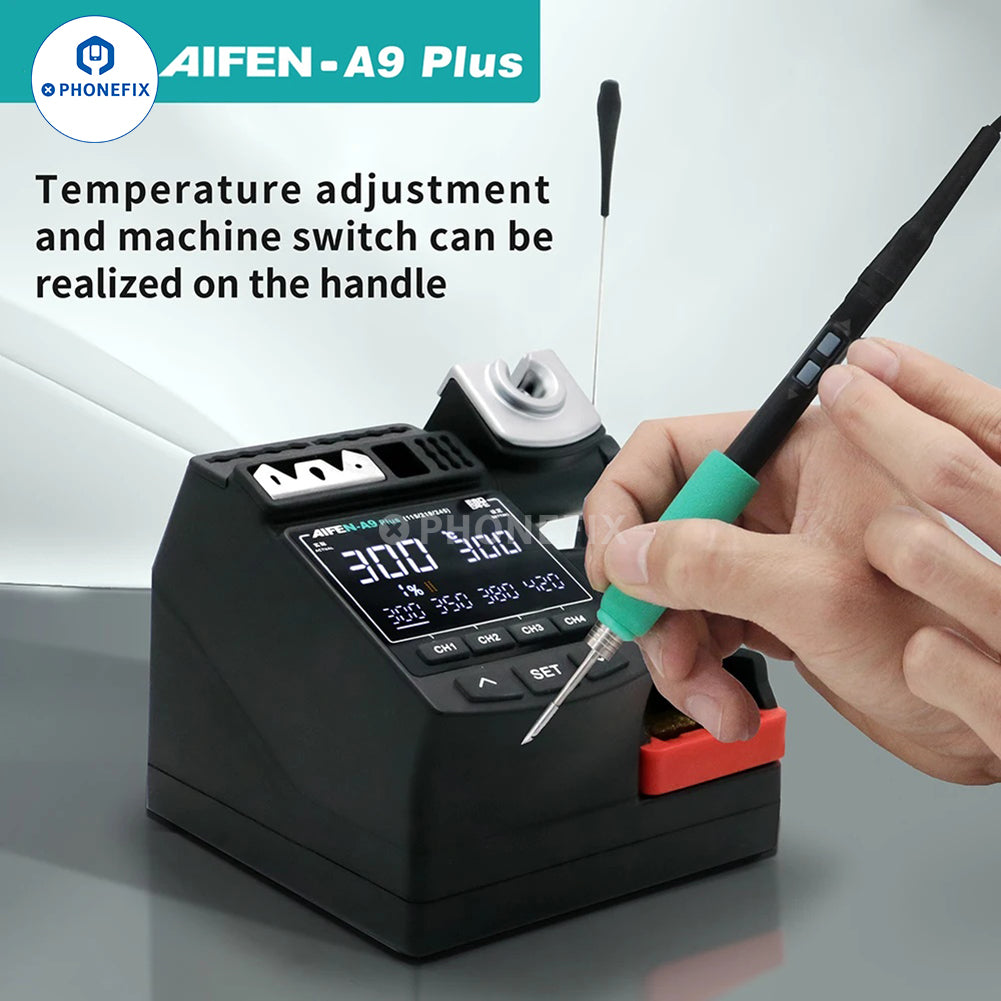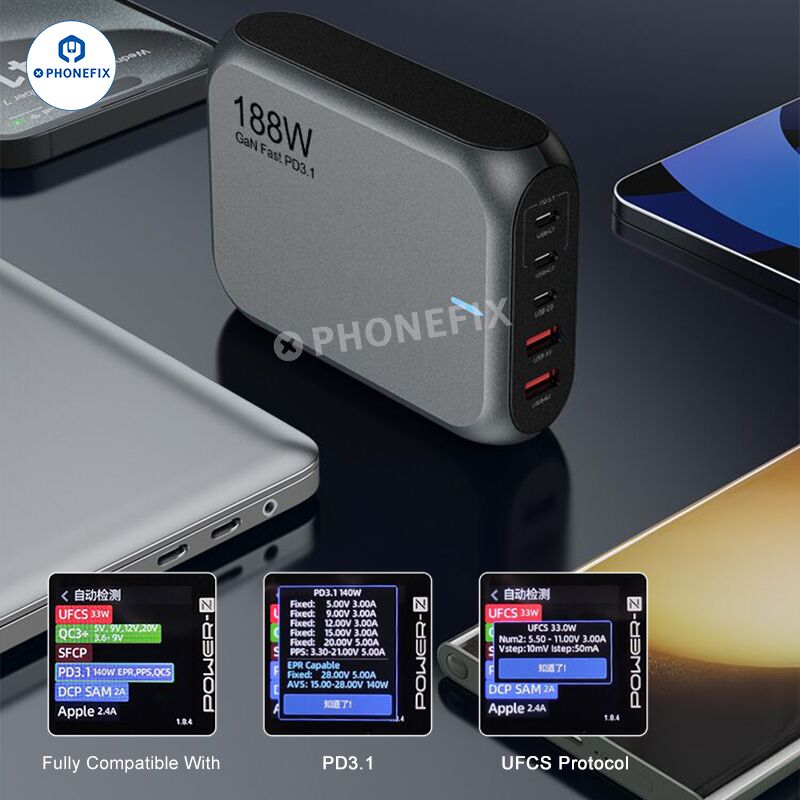In the field of mobile phone repair, Thermal Imaging Camera is a valuable tool. It is like a "perspective eye" for repair personnel, which can help quickly locate the fault point. However, facing the dazzling array of thermal imaging cameras on the market, how to choose one suitable for mobile phone repair?
1. Thermal Sensor Resolution:
Higher Resolution is Better: A higher-resolution thermal sensor can generate images with a greater number of pixels per unit area. This allows for clearer visualization of smaller components on the phone's circuit board, helping to identify potential problem areas more accurately. For example, a thermal imager with a resolution of at least 160×120 pixels is a basic requirement, and a 256×192 or higher resolution would be even better.

2. Temperature Measurement Accuracy and Sensitivity:
Accuracy: Look for a thermal imager with high temperature measurement accuracy. The accuracy should be within a small margin of error, such as ±2°C or better, to ensure reliable temperature readings. This is crucial for detecting subtle temperature differences that may indicate faults in the phone's components.
Sensitivity: A high-sensitivity thermal imager can detect even the smallest temperature changes. A thermal sensitivity of less than 0.1°C or even better (e.g., 0.06°C for professional-grade models) is desirable. This helps in identifying early-stage faults or areas of abnormal heat generation that might not be easily detectable with a less sensitive device.
3. Field of View (FOV):
Suitable FOV for Phone Repair: The field of view should be appropriate for examining the small size of a phone's circuit board. A wide field of view might make it difficult to focus on specific components, while a too-narrow field of view could require more time to scan the entire board. An FOV that allows you to view a reasonable area of the circuit board at once without sacrificing detail is ideal. For example, a medium-wide FOV around 40° to 60° might be suitable for most phone repair tasks.
4. Focusing Mechanism:
Manual or Automatic Focus: A manual focusing mechanism gives you more control over the image clarity, especially when dealing with different distances and depths on the circuit board. However, automatic focus can be convenient for quick and easy use. Some thermal imagers offer both manual and automatic focus options, which provide the best of both worlds. If you are a beginner, an automatic focus feature might be sufficient, but for more experienced repairers, a manual focus option can be valuable.
5. Image Display and Storage:
Display Quality: A clear and high-resolution display is essential for viewing the thermal images. A display with at least a few inches in size and good color representation can help you distinguish different temperature levels easily. Some thermal imagers also offer Thermal Camera With Touchscreen Displays for more intuitive operation.
Storage Capacity and Format: Ensure that the thermal imager has sufficient internal storage or supports external storage options to save the captured images and data. The storage format should be common and compatible with your computer or other devices for easy transfer and analysis of the data. Standard JPEG or other widely used image formats are preferable.
6. Battery Life:
Long Battery Life: Since phone repair tasks may take some time, a thermal imager with a long battery life is important. Look for a device that can operate for several hours on a single charge to avoid interruptions during the repair process. Additionally, check if the battery is replaceable or if the device supports external power sources for continuous use if needed.
7. Durability and Portability:
Durability: A thermal imager used for phone repair may be exposed to various working environments, so it should be durable enough to withstand accidental drops, bumps, and exposure to dust and moisture. Look for a device with a solid construction and a good protection rating, such as an IP54 or higher rating.
Portability: A lightweight and compact thermal imager is easier to handle and carry around, especially if you need to work on-site or in different locations. This can improve your work efficiency and convenience.
8. Software and Analysis Tools:
User-Friendly Software: The thermal imager should come with easy-to-use software that allows you to capture, view, analyze, and annotate the thermal images. The software should have features such as temperature measurement tools, image enhancement functions, and the ability to generate reports for further analysis and documentation.
Analysis Tools: Advanced analysis tools like spot temperature measurement, area temperature measurement, and temperature trend analysis can be very useful for identifying and diagnosing faults in the phone's circuit board. Make sure the thermal imager you choose offers these essential analysis tools.
When choosing a thermal imaging camera for mobile phone repair, first consider its resolution and viewing angle. High resolution can provide clearer images to help identify problems on the circuit board. Seek Thermal Compact and Flir ONE Pro are good choices, the former offers a 36-degree viewing angle, while the latter is known for higher image quality.












